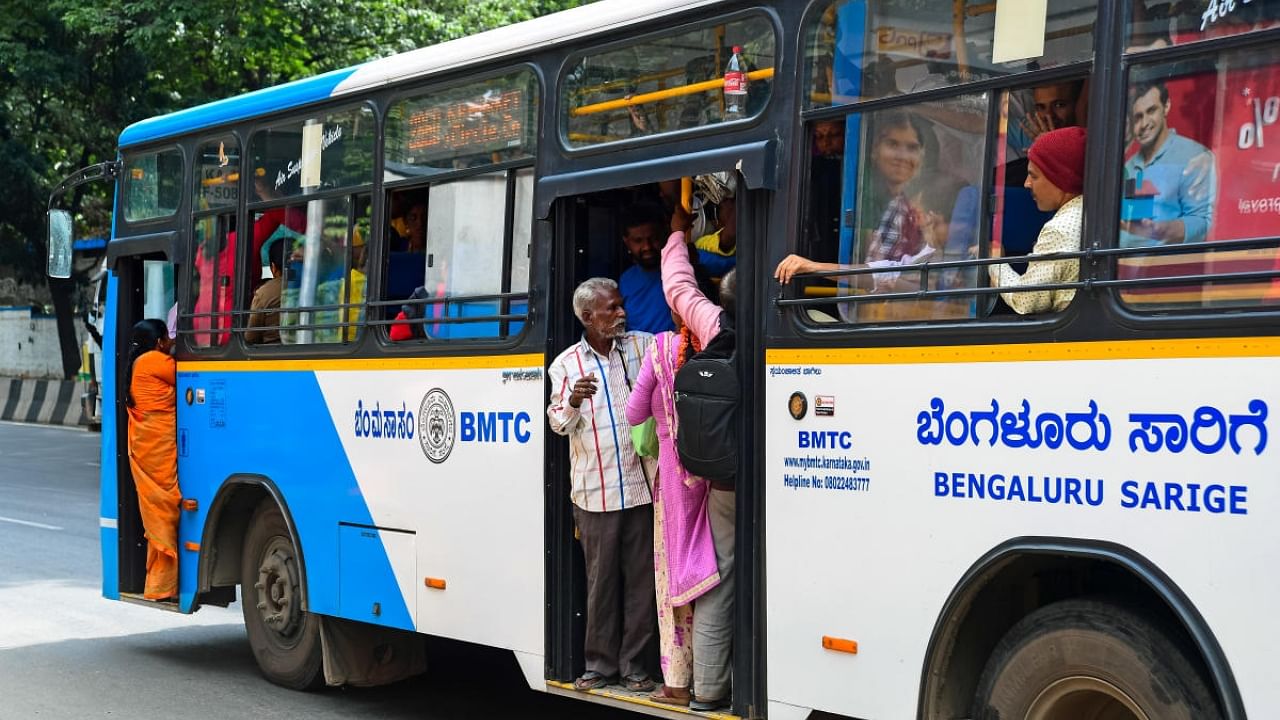
Try getting public transport from Bengaluru’s Chowdiah Memorial Hall after a cultural performance, and you will know why you must have private transport. You can hail a passing auto or use your Ola, Uber, or Rapido apps, but do you get transport?
If at all an auto-rickshaw stops, the driver quizzes you contemptuously about your destination and drives away before you finish replying. Use an aggregator app and see a pile of autos a minute away, but none will accept or arrive for your pick-up, and if you do get a driver, he may cancel the ride in a jiffy! Metro connectivity is a work in progress in most Bengaluru areas, so you make for the nearest bus stop, hoping the occasional bus that comes by will care to stop. All this in clear weather, for when it rains, the probability of getting any form of public transport is next to zilch!
Recently, the ride-hailing app Ola announced a premium service called ‘Prime Plus’ in Bengaluru, promising a ‘no cancellation and hassle-free’ ride to tackle cancellation by drivers because they did not like a drop location, a ridiculous scheme to charge extra money for what Ola should provide by default. Nobody was shocked when a commuter recently shared a screenshot to show a driver who accepted the ride, had a wait time of 71 minutes, and the auto was still 24 km away. Again, the cost of a ride with cab aggregators had netizens abuzz discussing the Uber fare from the airport to the Electronic City, finding it dangerously close to what had been paid for the flight ticket. This has even elicited a notice from the transport department to the cab aggregator for imposing surge pricing.
Globally, several cities have enviable public transport systems. Germany’s Berlin has the best, most reliable, safe, and comfortable public transport network, praised for its metro system. Germany, home of BMW, Mercedes-Benz, and Porsche automobiles, constantly sets benchmarks to encourage consumers to discard their cars. At least, why can’t Bengaluru be more like Mumbai, which boasts a grand suburban railway network with millions using the city’s buses, rickshaws, metro, and taxis daily to keep the metropolis moving?
Bengaluru’s roads are bursting at the seams. RITES, an engineering consultancy firm, found the city’s road network to be a mere 2,537 km, with only 74% fit for two-lane traffic. These narrow roads suffered a 16% spike in car registrations in FY 2021–22, showing commuters continue to prefer personal vehicles, with a single-occupancy car taking up one-third of the road space of a bus and carrying only one-sixtieth of the bus’s passenger load. Won’t the city’s traffic condition worsen with this congestion slowing down 60 bus commuters as well?
Bengaluru has some well-meaning organisations: the Directorate of Urban Land Transport (DULT), which coordinates and implements sustainable urban transport projects and programmes, and the Bengaluru Metropolitan Land Transport Authority (BMLTA), which coordinates with BMTC, BMRCL, and BBMP. A Bengaluru Suburban Rail Project is in progress; new metro lines and commuter-friendly measures try to enhance public transport usage; BMRCL’s metro-rail network expansion; and the 16-km addition to the Purple Line from Baiyappanahalli to Whitefield are expected to unburden the roads when the crucial link between Baiyappanahalli and KR Puram opens up, making commuters breathe easy, yet commuters do not give up using their private vehicles. Perhaps travel by metro during peak hours has fast started resembling commuting in Mumbai’s local trains.
DULT’s walking, cycling, and other non-motorised transport variants detail guidelines for pedestrian foot paths and bicycle master plans, but on the ground, unrestrained use of foot and bicycle paths by aggressive motorcyclists and two-wheeler riders on a path already encroached upon by sundry vendors and combative hawkers with the police as mute spectators normally deters commuters from walking and bicycling!
Who wants to drive in Bengaluru anyway, where peak hours mean traffic snarls, when road rage reigns and traffic lights change to red three or four times before you can even cross a signal, and where commuters lives become hell? At the destination, finding a place to park is another herculean task. Yet why aren’t these disincentives enough for commuters to switch to public transport? Weaning Bengaluru’s commuters off their personal vehicles with monetary disincentives while simultaneously making the metro and the suburban rail an attractive option is an immediate necessity, and till the situation improves, follow the thumb rule: Distances up to 2 km: walk; 5 km: bicycle; beyond that, take a metro; and where no metro exists, call for an Uber or Ola!
(The writer is a former executive director and member, Board of Directors at BEML.)